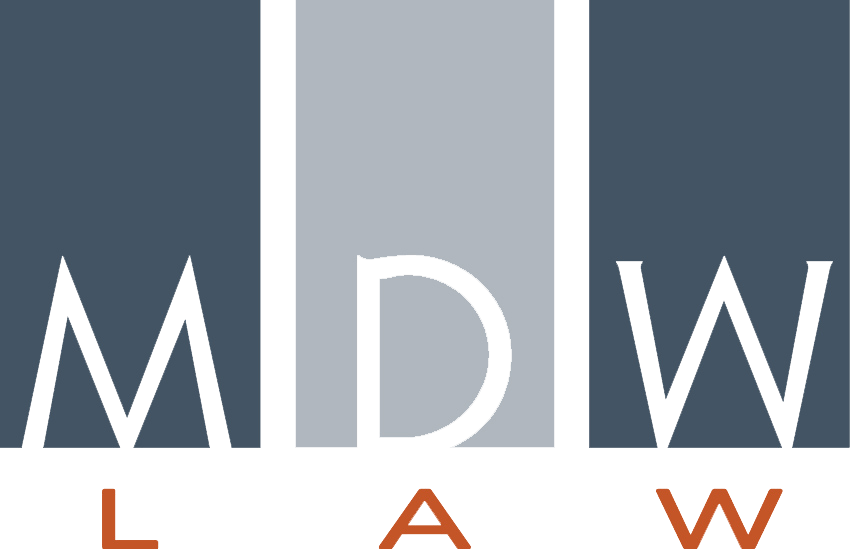Alix Digout – May 2019
Understandably, the content of your Facebook, Twitter and Instagram accounts is not your first concern when you have been in an accident. Though it may not be at the forefront of your mind, you should be aware of your social media presence and online footprint, as it may impact your personal injury claim. Any and all information about you that is placed on the Internet may need to be disclosed to the defendant insurance company and their legal counsel. If relevant, e-mails may also be included as part of the information which must be made available.
The rise of social media has given insurers another avenue for surveillance. Insurers will search the internet for your Facebook page, Instagram account, Twitter account, etc., in the hope of finding evidence to discredit your claim. For example, if you claim you are unable to ski as a result of your injuries, but there are photographs on Facebook of you skiing after the accident, the insurer will use this to undermine your credibility and reduce the value of your claim.
The Courts have been tasked with finding the balance between an individual’s privacy and disclosure obligations in personal injury claims. The Nova Scotia case of Conrod v. Caverley, 2014 NSSC 35, involved a personal injury claim for damages following a motor vehicle collision. The Plaintiff claimed she was unable to return or work or enjoy her pre-collision hobbies/social life as a result of her injuries. The Plaintiff also claimed the collision impacted her ability to concentrate, which in turn limited her time on the Internet and her use of social media.
Some aspects of the Plaintiff’s profile were available for public viewing, but most of the content was private. The Defendant sought a court order requiring the Plaintiff to produce a printed copy of her entire Facebook profile, including information and photographs visible to “friends only”, as well as her Facebook usage history, which detailed her login/logout times. The Defendant argued the production of the Plaintiff’s Facebook page was relevant to her claims she could no longer participate in her pre-collision hobbies and social activities and her inability to concentrate.
The Court considered the decisions in Leduc v. Roman, [2009] ON No 681 and Schuster v. Royal & Sun Alliance Co., [2009] OJ No. 4518. These decisions confirm where a person maintains a public and a private portion of their Facebook profile, the court is entitled to infer the contents of the private portion will be similar to the contents of the public portion. Essentially, if the public profile contains relevant photographs or information, it is reasonable to conclude the private profile will contain similar information. In determining the need for production of the private profile posts, the deciding factor is whether the public portion contains photographs or information that is relevant to the issues between the parties[1].
The Court held the public portion of the Plaintiff’s profile did not contain enough relevant information to order production of the Plaintiff’s entire private profile. The court did find; however, the usage records were relevant to the Plaintiff’s claim of a reduced ability to concentrate and she was ordered to produce her login history.
These cases establish that social media profiles, even those that are private, may be produced if relevant to your personal injury claim.
Here are some tips to minimize harm to your personal injury claim when sharing information and photographs online:
- Maintain strict privacy settings but be mindful of the fact you may have to produce the contents of your accounts regardless of these settings.
- Utilize Facebook tools that allow you to review your profile to see what information is available to third parties.
- Do not accept friend requests from people you do not know personally, as this could be the insurer tying to monitor your activities.
- Avoid discussing your personal injury claim on social media.
- Avoid sweeping statements/exaggerations such as “I can never do…”, when speaking with your treatment providers and giving statements to the insurer. For example, do not say “I can never go running again” if you have or intend to do so following the accident. It is unreasonable for insurers to expect plaintiffs to avoid trying to return to their pre-accident lifestyle and activities. If you have gone running but it aggravates your injuries and you end up sidelined for two days, make that clear.
- In general, be honest and open about your injuries and the extent of their impact on your activities.
The personal injury lawyers at MDW Law would be pleased to meet with you in a free consultation to review the specifics of your situation and discuss the impact your social media presence may have on the value of your claim.
[1] Conrod v. Caverley, 2014 NSSC 35, para 24
